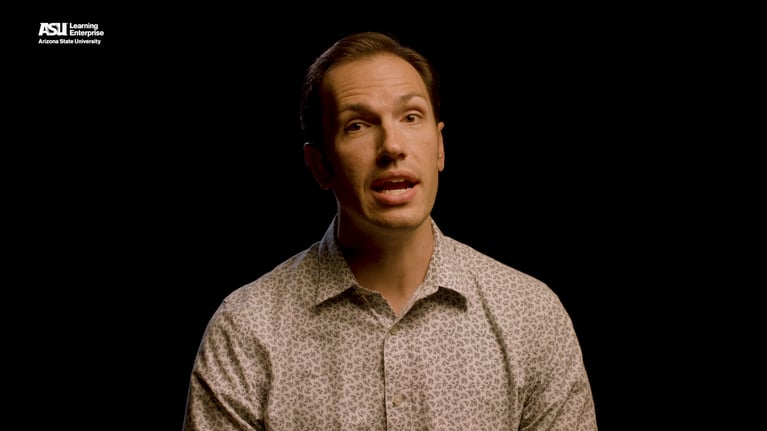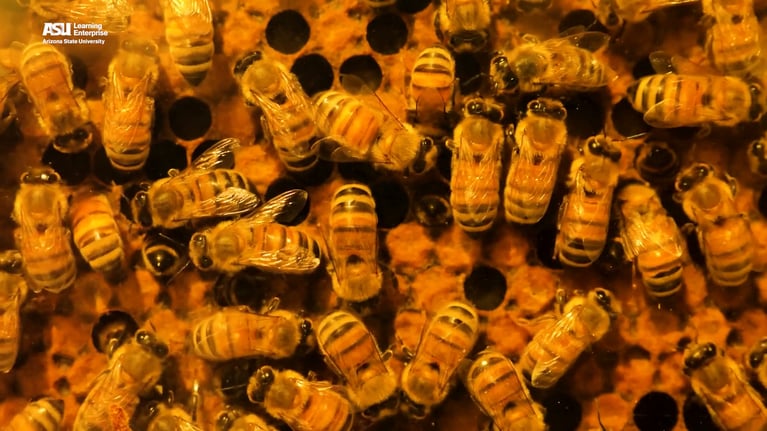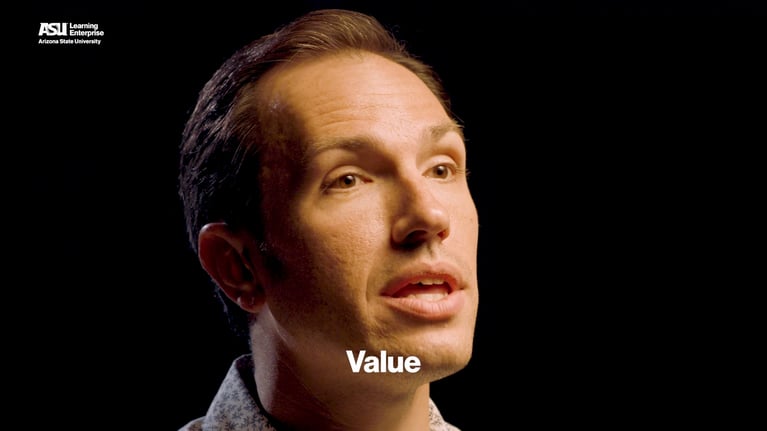Production design helps support and shape how the audience experiences a story. Entertainment design elements from scenery to choreography to sound all come together to create both the visual and emotional stories of a production. Every aspect is an important consideration in creating the desired experience for the audience.
The primary purpose of Design is to Support and to Shape the audience’s experience of a story.
Design supports a story by providing context and information for the audience to focus on the action of the story, while it shapes by enhancing the audience’s experiences of the story on an emotional level to give it increased resonance.
Put another way, we need to approach a visual story and an emotional story. Every area of entertainment design is telling a story in some shape or form and identifying that story will say a lot about what the design needs.
In a play, musical, or opera the story is laid out in a script or libretto. In dance, the story evolves from the choreographed movement and physical expression of bodies. In concerts the story is in the program or set list and dynamic shifts of the music, paired with the persona of the Performer.
Stories are found in entertainment design beyond stage performances as well. In a theme park the story is whatever the specific ride or experience needs it to be – the creation of a fantasy land, building excitement, or even traveling through time. In a museum the story is the pensive consideration of the art or educational engagement with the collection. Even a corporate event has a story – the strength and power of the company, while enhancing the brand.
Let’s take a closer look at a play or musical as an example. Scenery provides a location or frame. Costumes provide garments that communicate the core or a character while creating differentiation.
There are dramatic devices that lighting is uniquely positioned to communicate to an audience. Light visually cues us who to focus on and can also communicate weather or the time of day. Light, projection, and sound can create locations on-stage with a scenic environment.
The emotional journey of a story needs to be supported carefully and shouldn’t overrun the other aspects of the story that are essential. Scenic and Costumes does this through style, finishes and silhouettes.
Sound does this very well - think about a Horror Film and the way sound builds the tension!
It’s also important to note that Lighting is not the only dancer at the Ball. Actors carry the lion share of the emotional story weight and lighting shouldn’t work against an actor’s performance.
These ideas are not independent from each other. The Decisions you make on the Support or Visual side will have impact on the Shape or Emotional side and vice versa.


